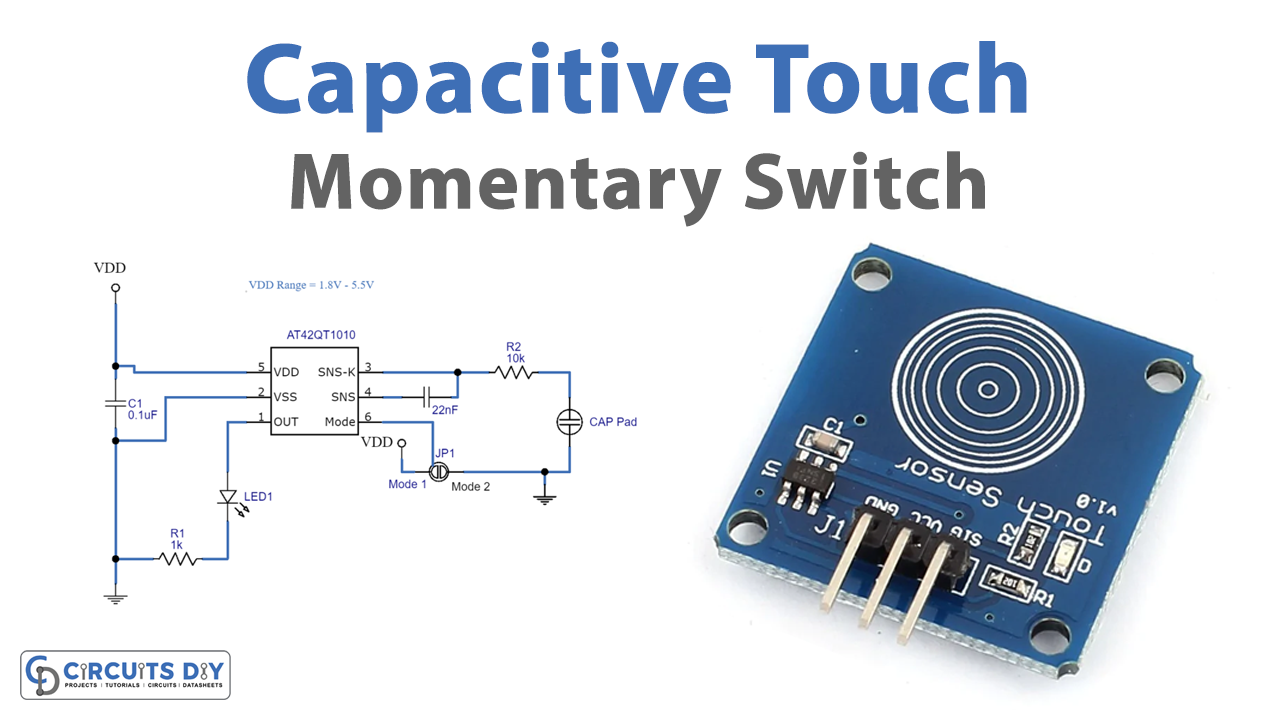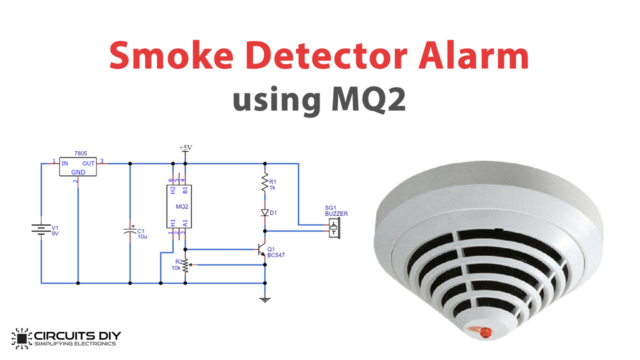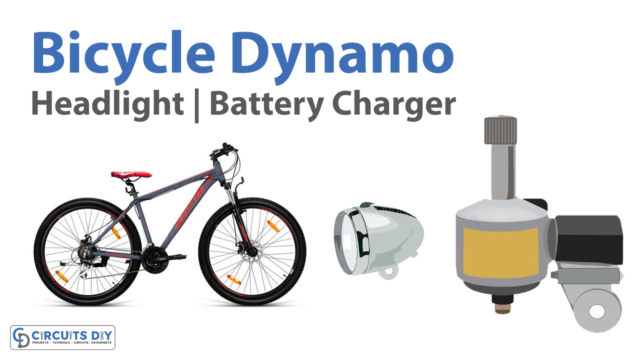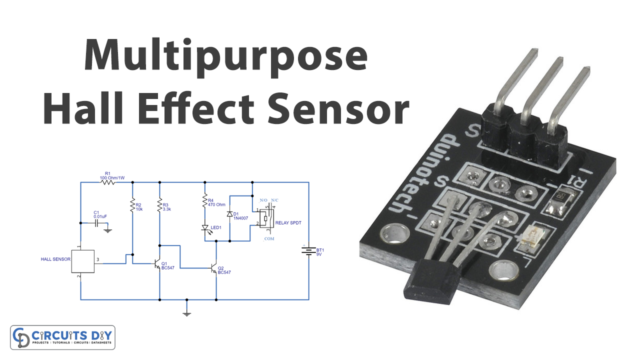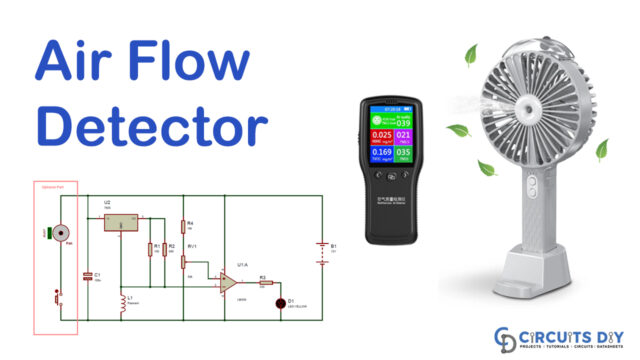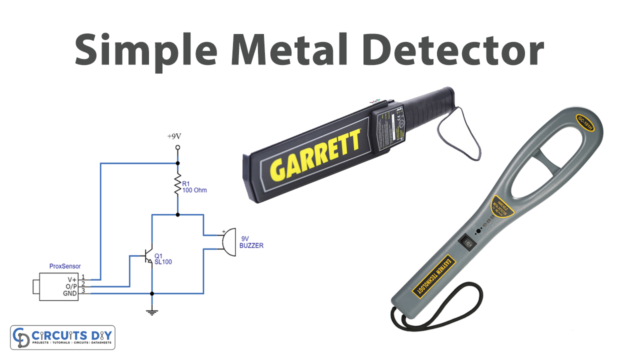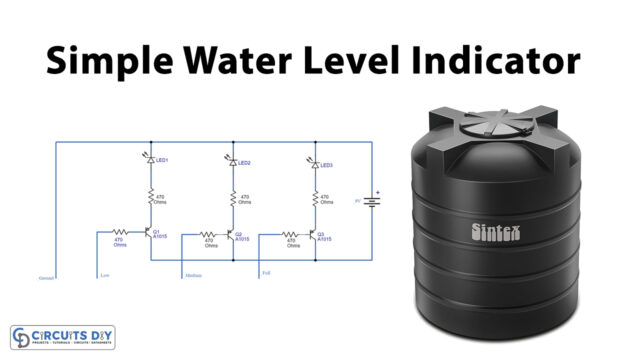Introduction
Switches are our routine’s part, from our home devices to the electrical machines, turning ON the switches is the only way to turn ON the machines. Switches are of various kinds, typically, mechanical switches are utilized routinely. Capacitive switches are not consistently utilized however enjoy an upper hand over mechanical switches. In this tutorial, we are going to “Capacitive Touch Momentary Switch Circuit”
Capacitive switches are additionally used to open or close an electrical circuit, however, they have a unique operation to mechanical switches. Rather than including two conductive traces isolated via air, capacitive switches use capacitive sensors that change their capacitance. A capacitive switch will continually transmit a little electrical flow across the outer layer of the button. When you contact/touch this button, your finger will assimilate a portion of the electrical flow, accordingly making the switch’s capacitance drop. The capacitive switch will recognize this decrease in capacitance and react by finishing the circuit.
Hardware Required
| S.no | Component | Value | Qty |
|---|---|---|---|
| 1. | IC | AT42QT1012 | 1 |
| 2. | LED | – | 1 |
| 3. | Capacitive Touch Pad | – | 1 |
| 4. | Switch | – | 1 |
| 5. | Capacitor | 0.1μF, 22nF | 1, 1 |
| 6. | Resistor | 1KΩ, 10KΩ | 1, 1 |
| 7. | Battery | 5.5v | 1 |
| 8. | 2-Pin Connector | – | 1 |
Circuit Diagram
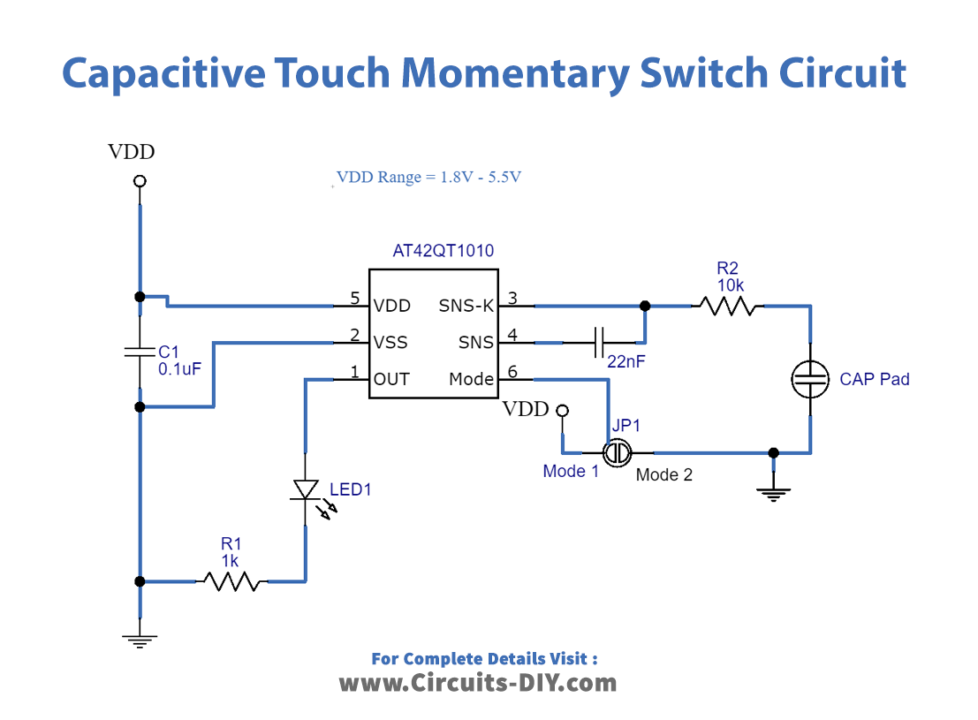
Pinout of AT42QT1010
- OUT: Pin 1: Output state
- VSS: Pin 2: Supply ground
- SNSK: Pin 3: I/O Sense pin
- SNS: Pin 4: I/O Sense pin Cs
- VDD: Pin 5: Power
- SYNC: pin 6: SYNC and Mode Input Pin is either SYNC/Slow/Fast Mode, depending on the logic level applied
Working Explanation
To make this Capacitive Touch Momentary Switch Circuit, first, connect the components according to the diagram given above. When you touch the sensor pad, the led glows, because it is connected as a load for output. Here LED gleams as long as we contacted the sensor pad region, and the capacitive touchpad can be extended out with a wire and practically this can also be done with any other conductive material.
Application and Uses
- Advanced control panels.
- Home automation system for controlling appliances.
- Lab equipment.
- Electronic gadgets and equipment, etc.


